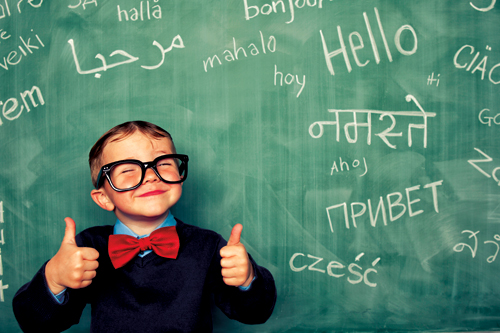References: Fan, S. P., Liberman, Z., Keysar, B., & Kinzler, K. D. (2015). The Exposure Advantage Early Exposure to a Multilingual Environment Promotes Effective Communication. Psychological science, 26(7), 1090-1097.
One must take another’s perspective, to understand their intention. Does tracking who speaks which language in multi-language situations help kids be more sensitive to others, enhancing perspective taking? University of Chicago psychologists compared children, ages 4 to 6, who speak only one language to multilingual speakers. The kids did a task where they needed to understand another’s perspective in order to interpret the meaning of the other’s language. For example, an adult asked the child, “Can you move the small car for me?” Only the child saw three toy cars: a small, medium, and large one. However, the child understood that the adult could not see the smallest car. Therefore, when requested to move the “small” car, the child needed to interpret the adult’s meaning the medium car, as seen from the adult’s point of view. The researchers discovered that bilingual children were better than monolingual children at this task. However, children who spoke only one language but were regularly exposed to another language performed just as well as bilingual children. Exposing children to multiple languages can lead to improved understanding of others’ points of view, thus improving their social interactions.
Written by Mara Rowcliffe, MS.

